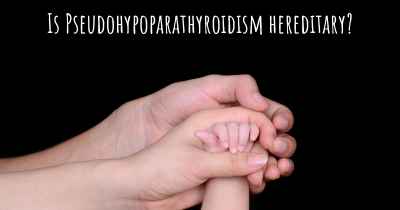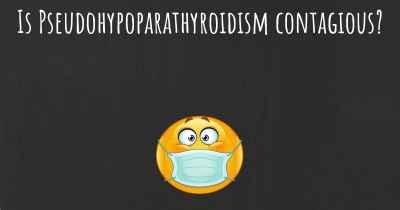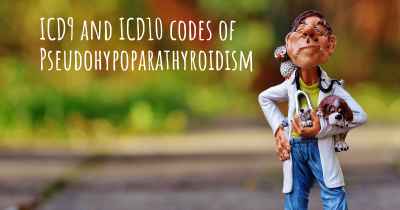What are the best treatments for Pseudohypoparathyroidism?
See the best treatments for Pseudohypoparathyroidism here

Treatments for Pseudohypoparathyroidism
Pseudohypoparathyroidism is a rare genetic disorder that affects the body's ability to respond to parathyroid hormone (PTH). This hormone is responsible for regulating calcium and phosphorus levels in the body. Individuals with pseudohypoparathyroidism have low levels of calcium and high levels of phosphorus in their blood, leading to various symptoms and complications.
1. Calcium and Vitamin D Supplementation:
One of the primary treatments for pseudohypoparathyroidism is the administration of calcium and vitamin D supplements. These supplements help to increase calcium levels in the blood and improve bone health. The dosage and frequency of supplementation may vary depending on the individual's specific needs and the severity of their condition. Regular monitoring of calcium and vitamin D levels is essential to ensure optimal treatment.
2. Phosphate Binders:
Since individuals with pseudohypoparathyroidism often have high levels of phosphorus in their blood, phosphate binders may be prescribed. These medications help to reduce the absorption of phosphorus from the diet, thereby lowering its levels in the blood. By controlling phosphorus levels, phosphate binders can help prevent complications such as kidney stones and calcification of soft tissues.
3. Hormone Replacement Therapy:
In some cases, hormone replacement therapy may be recommended to address the underlying hormonal imbalance. This involves administering synthetic forms of parathyroid hormone (PTH) or related medications to compensate for the body's inability to produce or respond to PTH. Hormone replacement therapy can help regulate calcium and phosphorus levels, improve bone health, and alleviate symptoms associated with pseudohypoparathyroidism.
4. Surgical Interventions:
In rare cases, surgical interventions may be considered for individuals with pseudohypoparathyroidism. Parathyroidectomy, the surgical removal of the parathyroid glands, may be performed if the glands are overactive and causing excessive calcium release. However, this option is typically reserved for specific cases and requires careful evaluation by a medical professional.
5. Management of Symptoms:
Alongside the aforementioned treatments, managing the symptoms and complications associated with pseudohypoparathyroidism is crucial. This may involve addressing issues such as hypocalcemia (low calcium levels), hypothyroidism (underactive thyroid), and growth hormone deficiency. Regular monitoring of blood calcium, phosphorus, and hormone levels is essential to ensure appropriate management and adjustment of treatment plans.
Conclusion:
Pseudohypoparathyroidism is a complex genetic disorder that requires a multidisciplinary approach to treatment. The primary goals of treatment are to maintain normal calcium and phosphorus levels, improve bone health, and manage associated symptoms. Calcium and vitamin D supplementation, phosphate binders, hormone replacement therapy, surgical interventions, and symptom management are all important components of the treatment plan. It is crucial for individuals with pseudohypoparathyroidism to work closely with their healthcare team to develop a personalized treatment approach that addresses their specific needs and optimizes their overall well-being.








